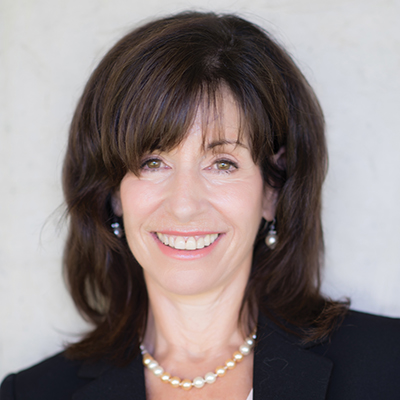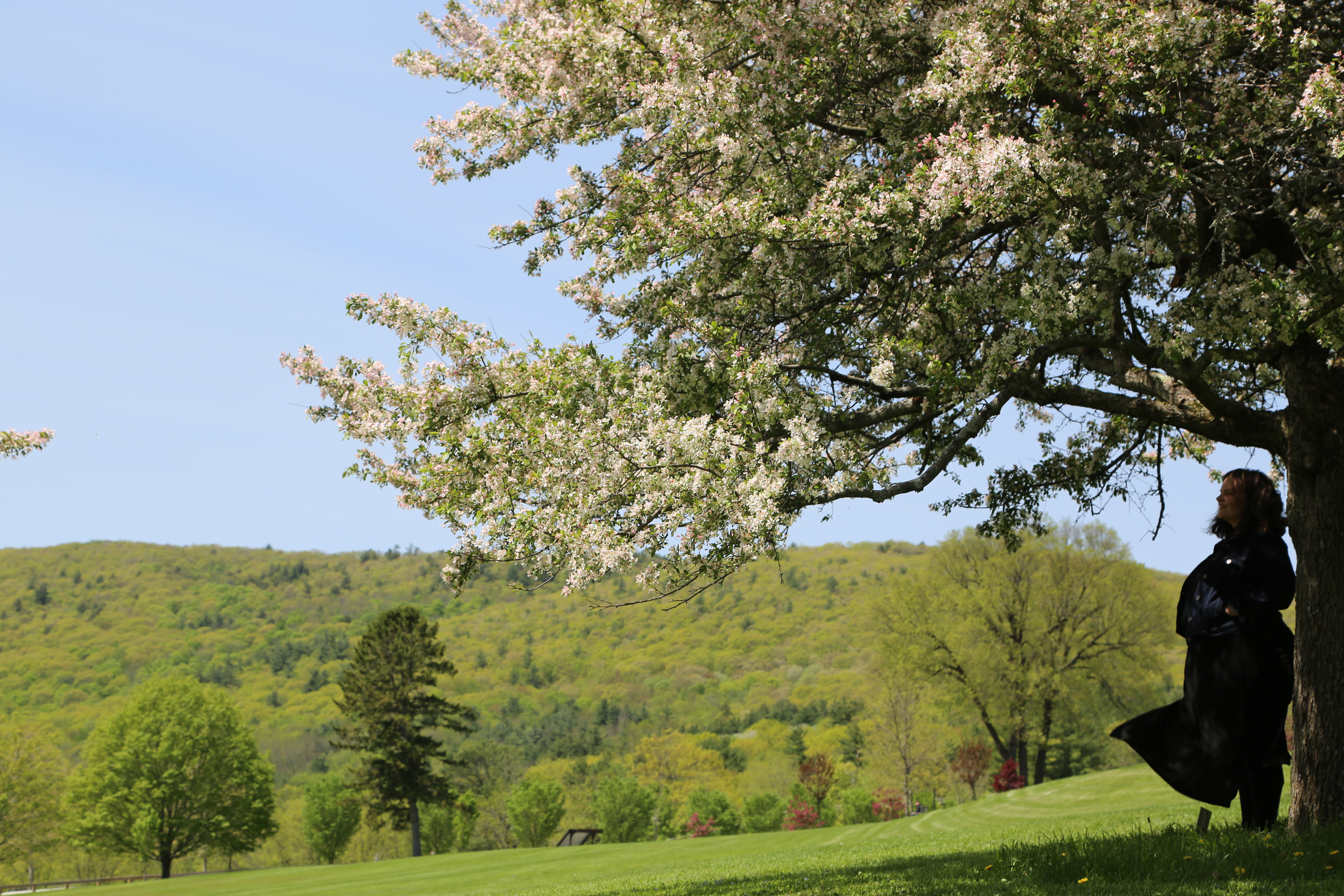Spring brings new life, and I am steeped in loss. Ten months ago, a brother and in the past few awful weeks I have buried my father and sister – the last two deaths as human dominoes, over a period of only 2 days. I look in the mirror and see their faces in my own; I also see my joyous granddaughter, celebrating her bat-mitzvah a few weeks and what feels a lifetime ago, ascendant in her power and delight. Like Whitman, I “contain multitudes,” embodying history, present and future in my simple life.
All around me, opposites collide with stunning frequency. Integrating these apparent contradictions means accepting uncertainty, acknowledging the pangs of difficult growth – and committing to hope.
The natural environment beckons escape. Stay-at-home orders keep me and my family indoors, apart from a world alive with potential: buds promise summer fruit; fields nearly glow as new, green grass covers winter’s drudge. The world invites us, and we must resist the threat. We want to know what our future will bring, and the answers are unknowable.
As we in the Northern Hemisphere welcome spring’s warmth and longer days, our neighbors to the south anticipate their winter. As we celebrate new life, they expect decay and stillness. The fear of death that we all experience, even more acute when the world is in the throes of a deadly pandemic, can be overwhelming.
Yet for every darkness, there is some light. What appears out of balance – more light here, less light there – is in fact in perfect tune, opposites counterpoised in a relationship that’s blissfully independent of human volition or intervention. The world continues, light and dark, alive and dead, whether we are jubilant or in mourning, whether we are well or ailing. The world continues, and in that persistence, we humans can see a model of resilience and hope. In the human experience of life’s greatest challenges, fear and death live side by side with resilience, innovation and hope. We embody the universal equinox. We may wish to show the world our “light,” but each of us lives with the “dark” as well.
For so many who knew him, my father showed his light, but he lived predominantly in darkness. As a survivor of the Holocaust, he hid his story – his frank heroism – out of a desire to protect and likely out of a deeper desire to avoid the pain, shame and vulnerability of revealing his experiences, even to himself. All of my life, I urgently wanted to rescue him from the sadness that dominated his days, long before I knew the reasons why. And at the end of his life, I finally did rescue him, moving him from the prison of a hospital room to the release and still peace of hospice. From bottomless darkness emerged light and redemption: my father escaped, and my actions made that peace possible. That knowledge will comfort and sustain me forever. It also gives me power: now I can shed my outer “rescuer” skin. I can set down that burden and redefine my role, in my family, in the world, and in my mind, where it was long entrenched. I can give up an essential identity I’ve held for decades. The liberation is dizzying. But what comes in its place? What light can fill this dark void?
Consider the example of Earth’s moon. We see the moon’s face, waxing and waning with reassuring predictability every month. We do not, however, see her dark side, yet we know it exists. We don’t need to see the moon’s dark side to prove it is there. We believe that light eliminates darkness, but in fact both faces of the moon make the whole, with neither side dominating.
At this moment, I often feel more of the fog of darkness than the clarity of light. Even as I permit myself to sink into that fog – to truly feel the losses of the people who shaped me, those who shared my history, and yes, even the terrifying threat that novel viruses portend – I remind myself to look for the light. It is present, even in the deepest darkness. It persists, a tiny spark in our hearts and in the people who surround us, resilient, patient, white-hot and waiting to kindle into flame.


